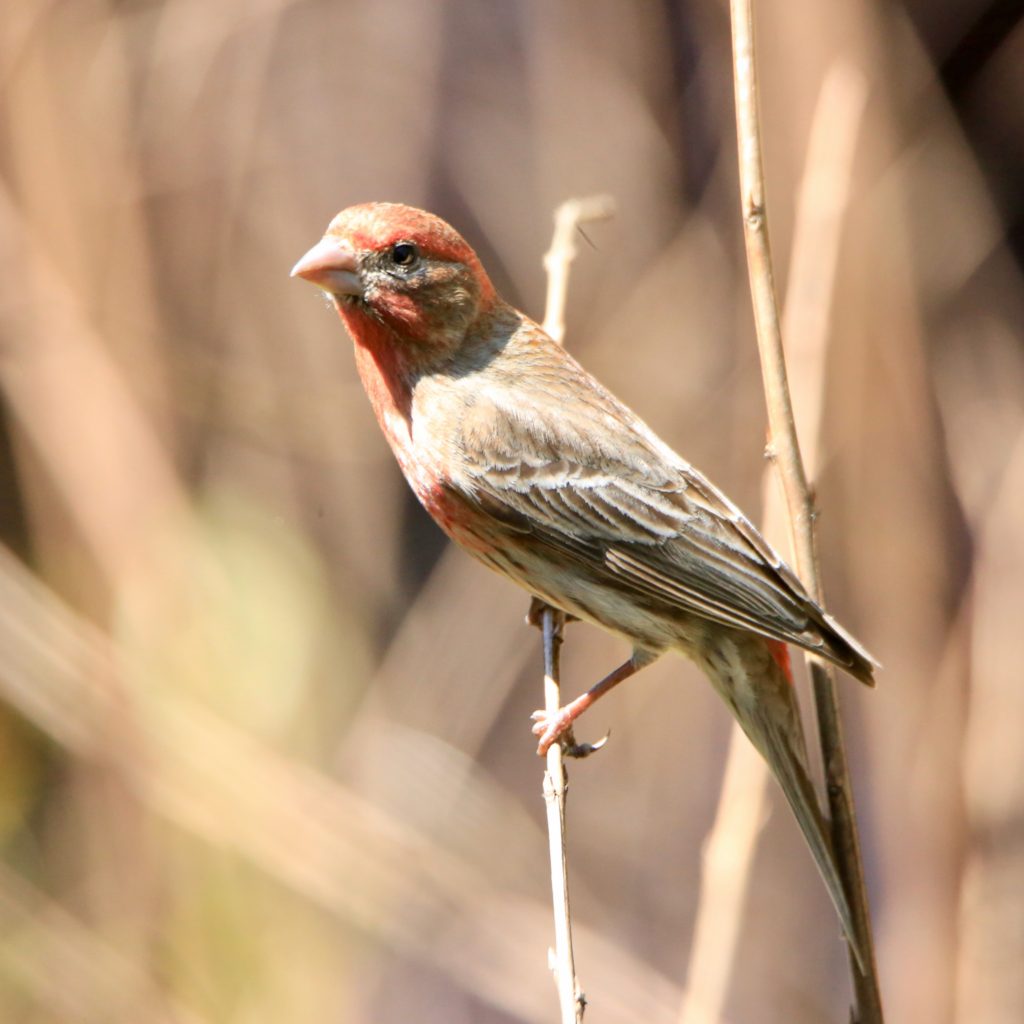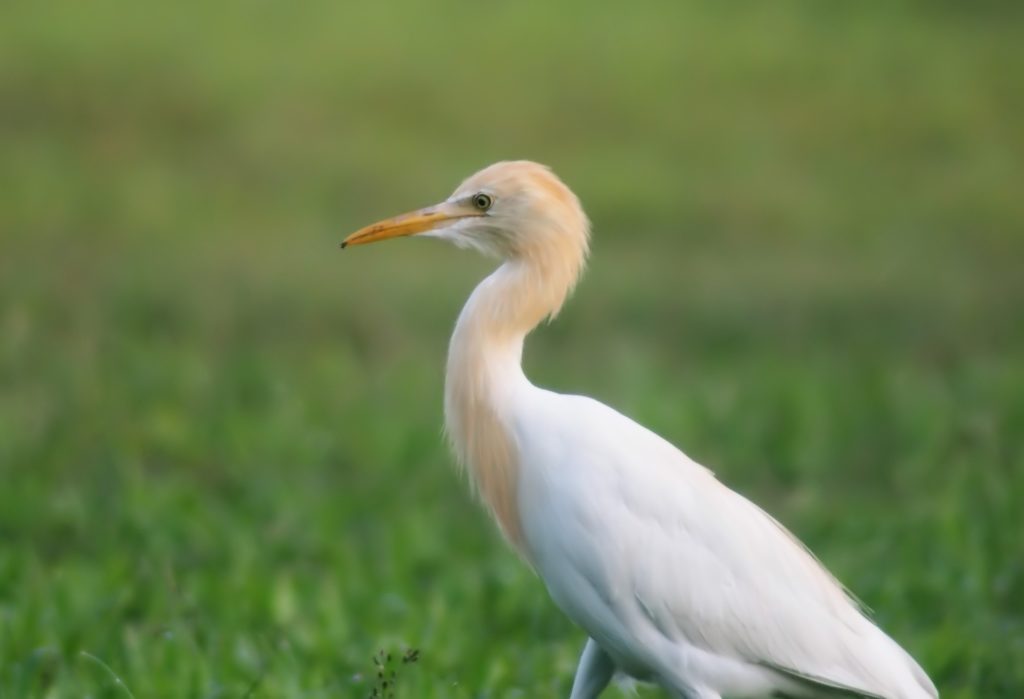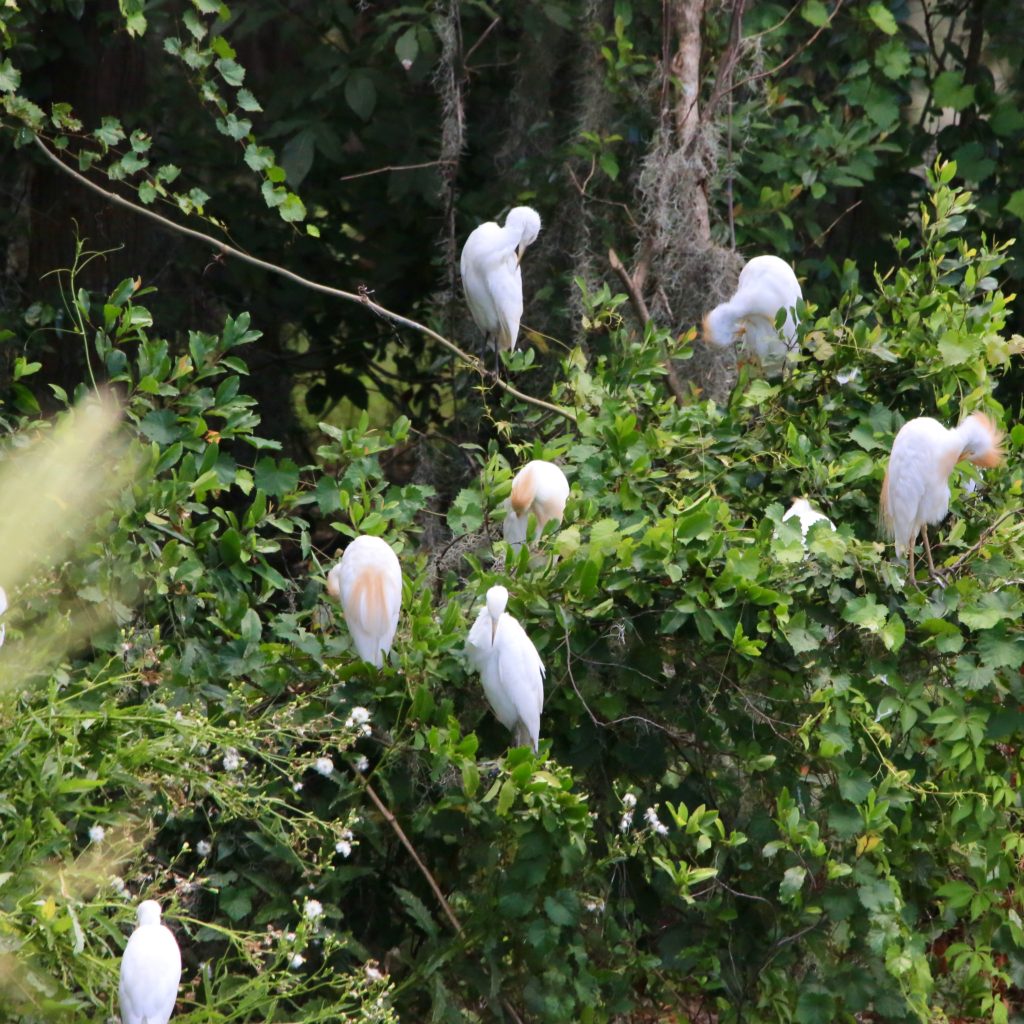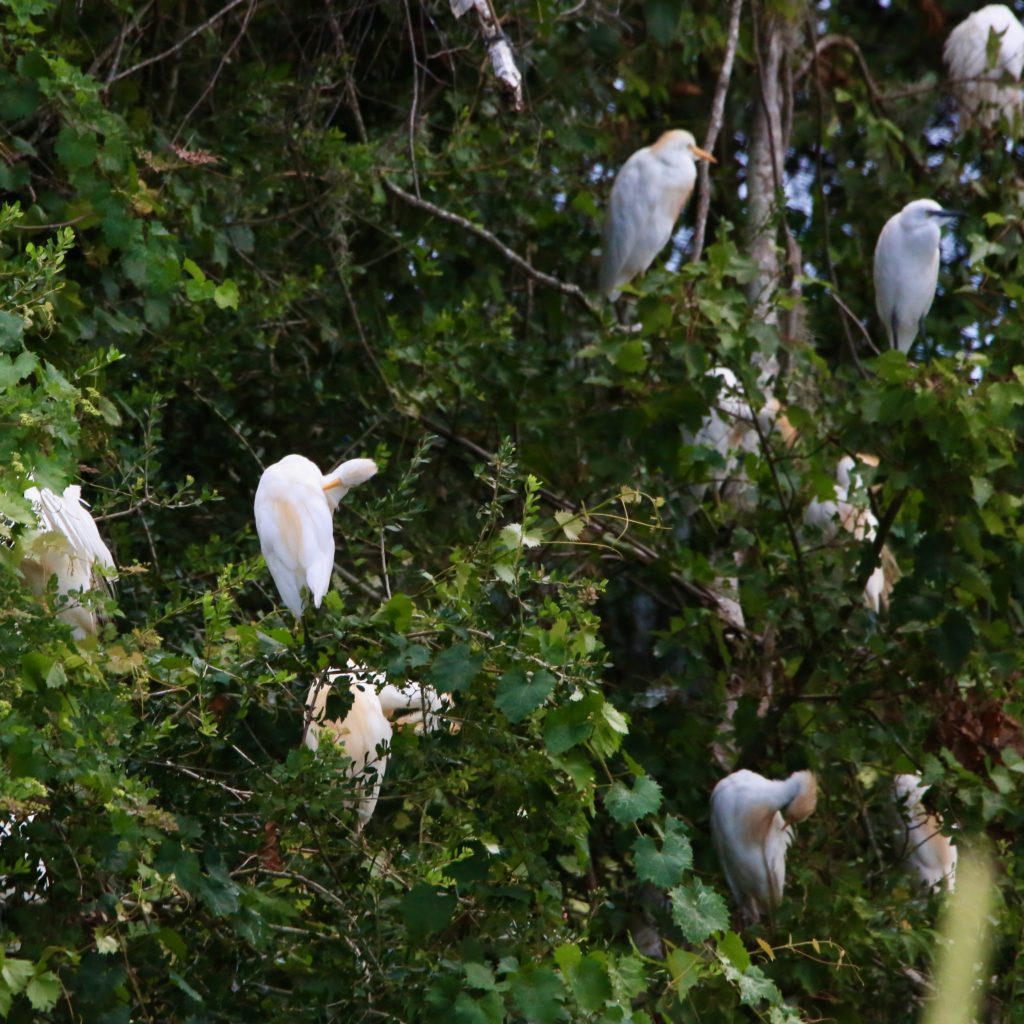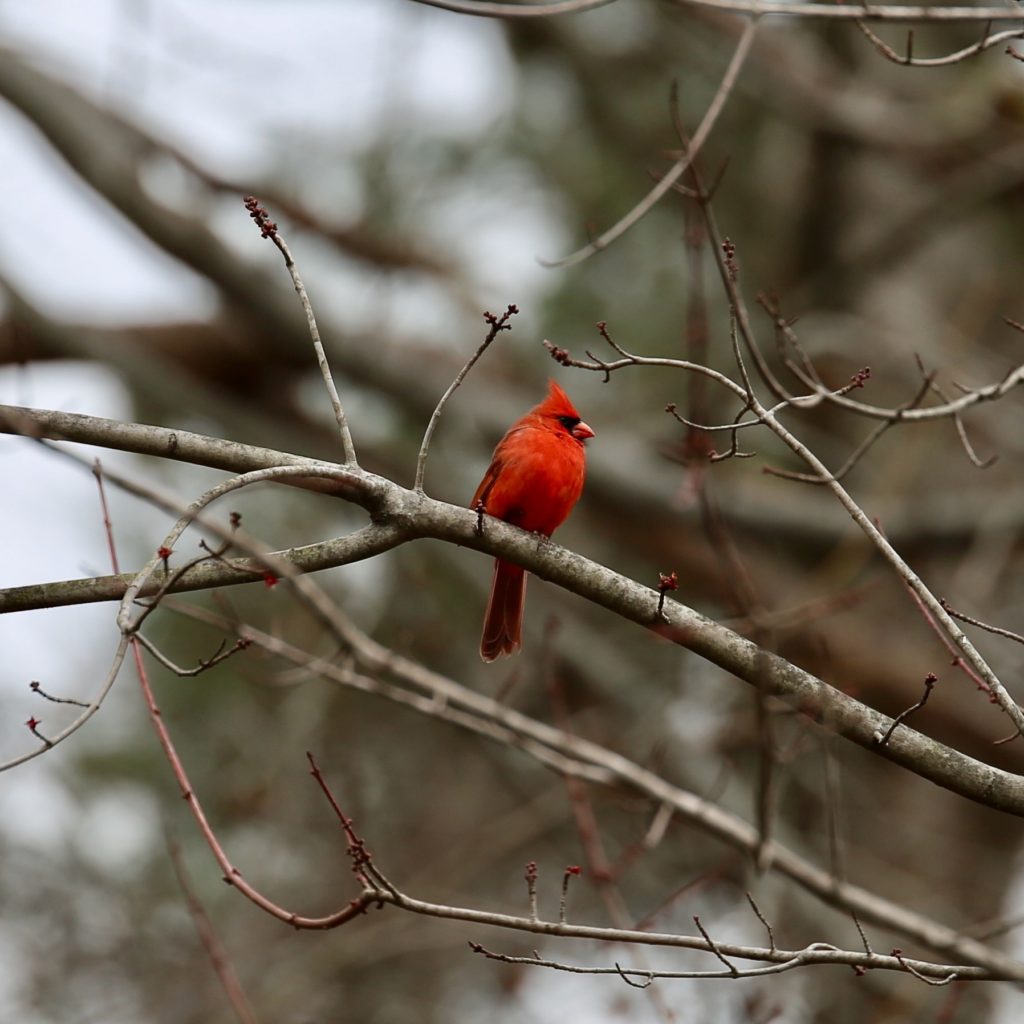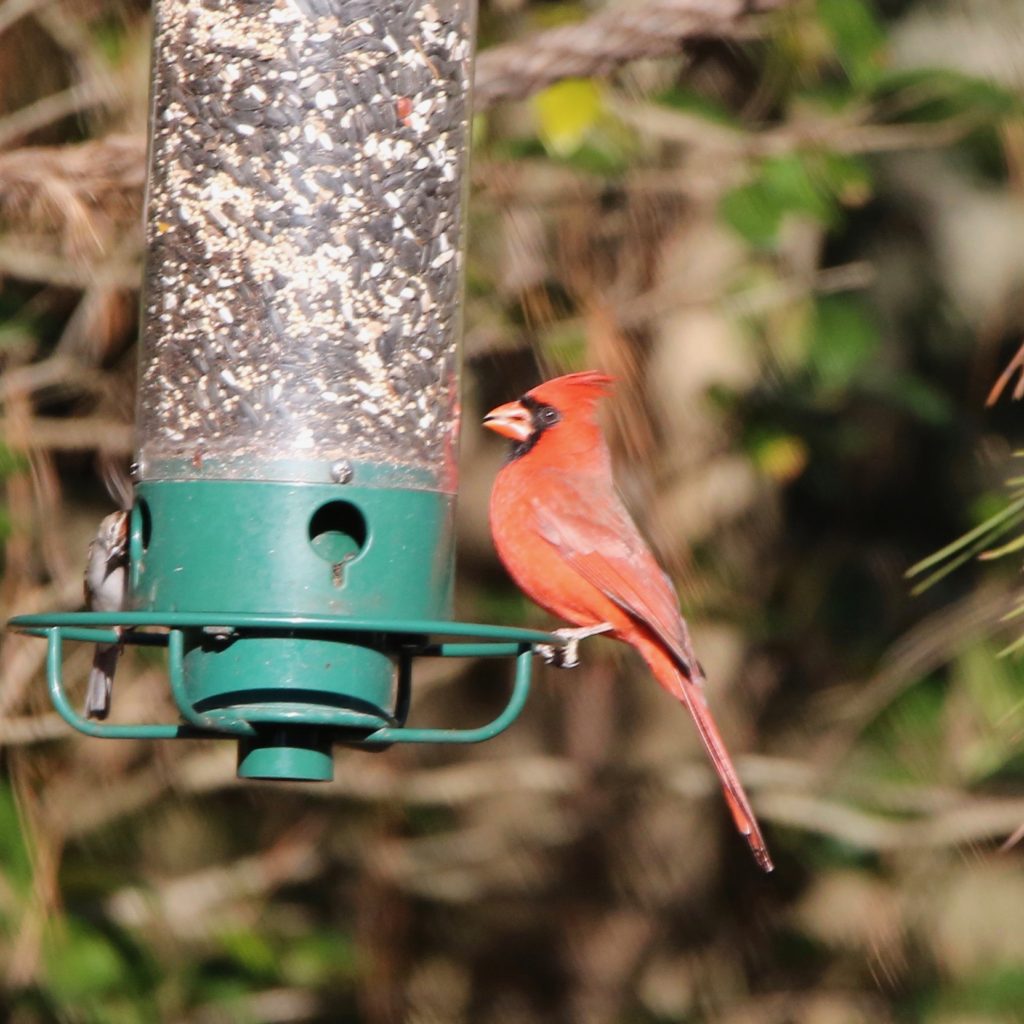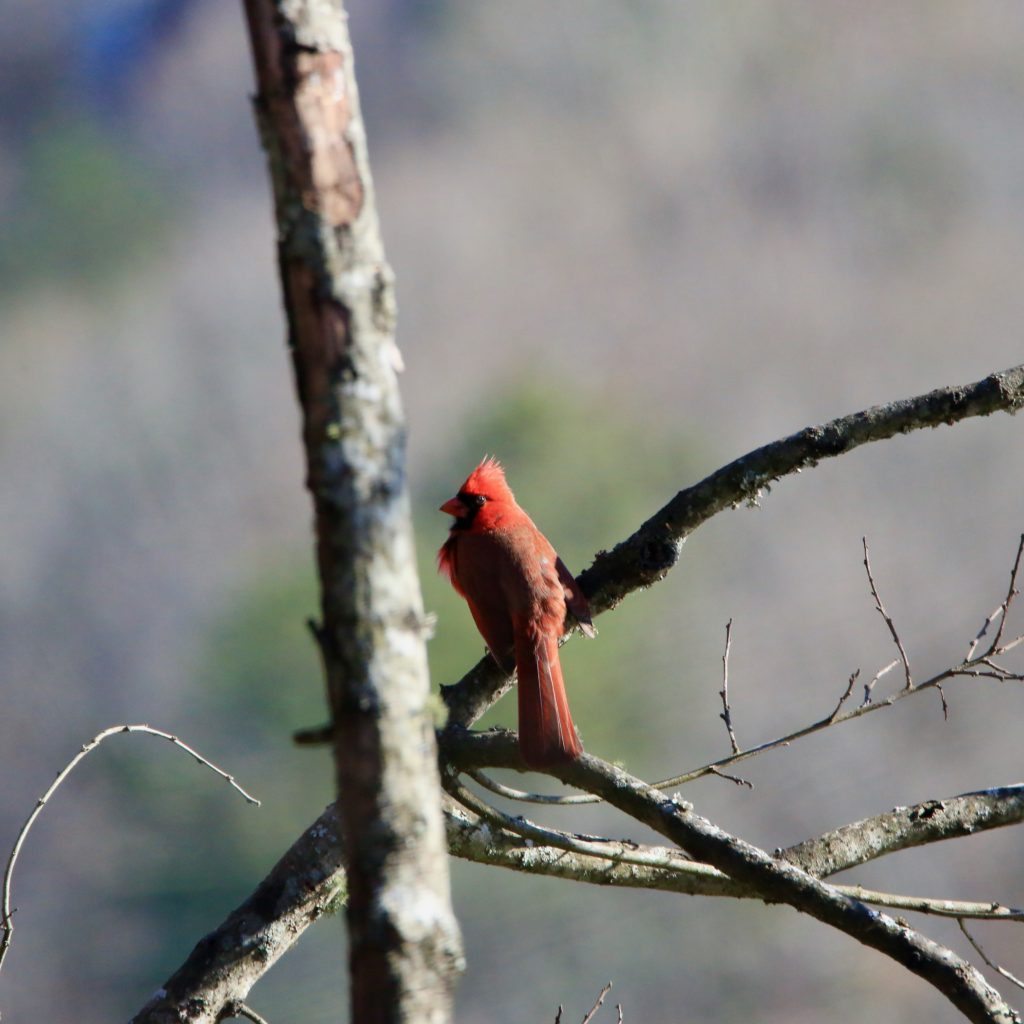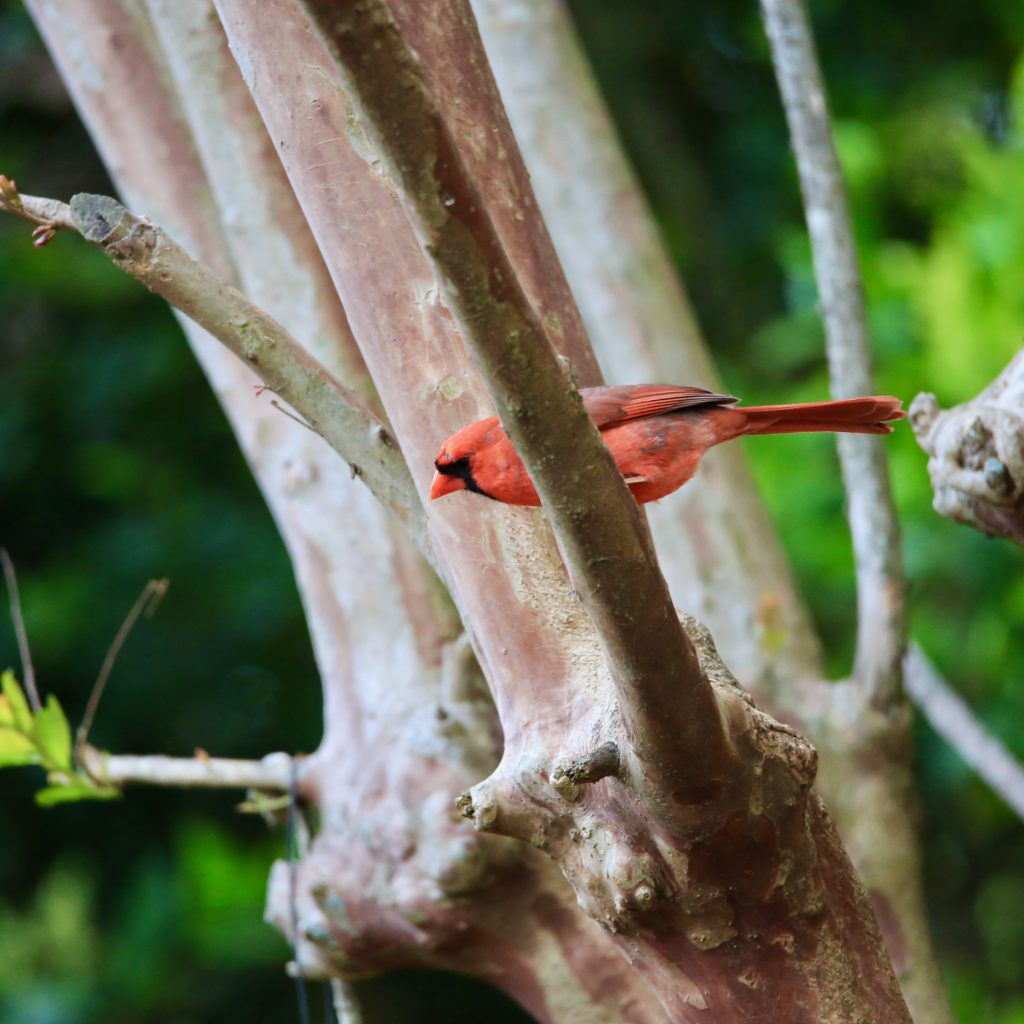
Bird Watching at Hawaiʻi Volcanoes National Park
Share
Hawaiʻi Volcanoes National Park, as one can discern from the name, is a national park on the Hawaii island, which is in the state of Hawaii. Two active volcanoes make up the composition of the park- Kīlauea and Mauna Loa. It is 323,431 acres in total and is in Hawaii county.
Scientists use the park to study volcanic developments and how Hawaiian islands were developed. From a tourist perspective, the park provides an experience of volcanic scenery and sneak peeks into the Hawaiian culture that once used to be here, along with rare vegetation.
Major Attractions at Hawaiʻi Volcanoes National Park
One of the things that people love doing in Hawaiʻi Volcanoes National Park is watching the Halemaʻumaʻu crater. Here, the lava lake and the glow coming off it is a unique sight. To do so, one can stand on top of the Kilauea overlook point.
Close to the parking lot of Kīlauea Iki, there is the Thurston lava tube. The walk is 20 minutes, with a well-lit lava tube that appears cave-shaped and tree fern forest. Chain of Craters Road begins from the entrance to the park and gives you an overview of volcanic craters and many scenic areas disappearing into the ocean. It is possible to hike for more than ten days inside the park. If you like challenging routes, the obvious choice is Big Island Hikes.
GET KIDS BIRD WATCHING
Bird Watching at Hawaiʻi Volcanoes National Park
Up to 286 bird species have frequented the islands and waters of Hawaii. The birds frequenting the Hawaiʻi Volcanoes National Park are not huge in number by any means. But there are some bird species found here that are either on the threatened or endangered list.
These include Native Honeycreepers, with at least four different species spotted here. Along with it, we have Nene, Hawaiian Petrel, and Hawaiian Goose. Among these, Nene is even considered the state bird. Considering it is on the threatened list, it gives you a good idea of how dire are birds in Hawaii.
In Hawaiʻi Volcanoes National Park rainforests, you can also find Native Hawaiian forest birds. For Hawaiian Honeycreepers, the species that are found in abundance is Apapane. Primarily found in highly elevated forests, you can spot them on the strip road of Mauna Loa or in Crater Rim Drive.
Hawai‘i ‘Amakihi falls among the common native status forest birds. They do not bother with migration and choose to feed themselves by relying on nectar and insects. People have spotted them with elevation ranges below 3500 feet.
One of the most beloved and visually impressive birds in the park is I‘iwi. With a long bill, black tail and wings, and plumage that can only be described as vermilion, the species is a native royalty. However, in the park, they do not typically come down to anywhere below 4,500 feet.
10 Birds to See at Hawai'i Volcanoes National Park
House Finch
House Finches have a bright red head and chest. They live throughout North America. Their population is steady but declined some due to sickness. They make their homes near farms, canyons, and suburbs. They like to eat sunflower seeds, berries, and buds. House Finches sing a lot and like to be around other birds. They lay 4 to 5 eggs at a time and build their nests out of grass, twigs, leaves, and sometimes string and feathers. House Finches migrate in flocks by day.
Cattle Egret
Cattle Egrets are small and white with a yellow bill and legs. These birds are originally from Africa. They first came to North America in 1952. Now that they are in North America, Cattle Egrets can be found at the feet of cattle or riding on their backs. Since being introduced in North America, their population has increased and now appears to be stable. They make their homes near farmland and along highway edges. These birds enjoy eating grasshoppers and other small animals. They lay 3 to 4 eggs and make platform nests in colonies. Cattle Egrets are migratory birds and can be seen migrating south to Central and South America.
Northern Cardinal
Northern Cardinals are a vibrant red color with a crest. They also have a short thick orange bill. Northern Cardinals live mainly in the eastern half of the United States. Their population is steady and has seen an increase during the last century. Northern Cardinals live near thickets, gardens, and woodland edges. They sing a sweet song early in the morning. They like to visit bird feeders and eat sunflower seeds. Northern Cardinals are the state bird of seven states! They make their nests lower to the ground and lay 3 to 4 eggs. They are not migratory birds and like to stay in the same area.




